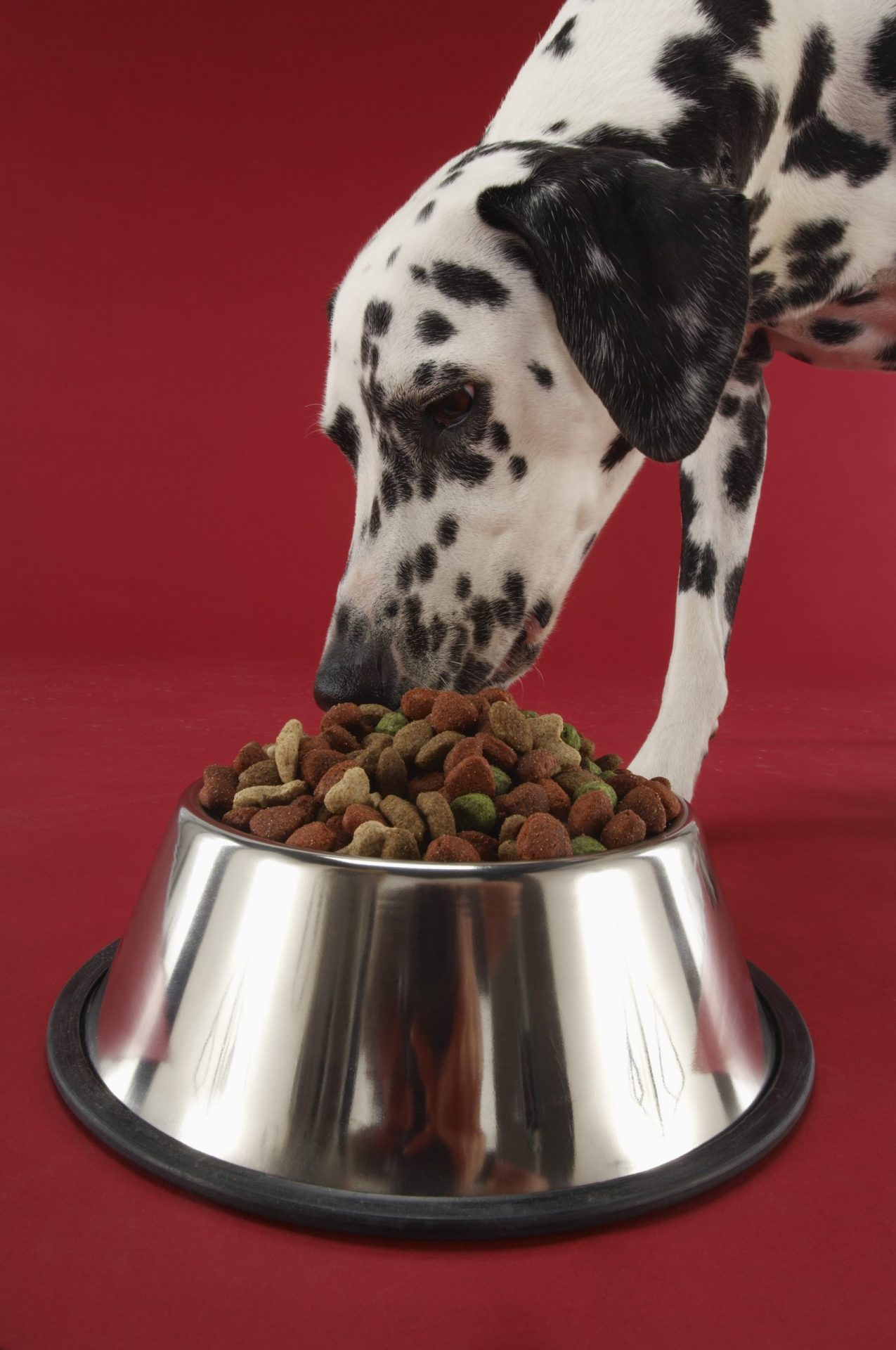Have you ever considered, “How often should I feed my dog?” Dog do well with routine. While they are unable to keep track of time in the same ways as we do, a dog’s internal clock, or circadian rhythm, helps them determine when it is time for a routine task. So, if you are like many other dog owners and have wondered, “How many times per day should my dog eat?” continue reading to find out.
Adult Dog Eating Schedule
Food – Most adult dogs should eat twice a day. By eating twice, it aids in digestion and keeps their metabolism stable. An example of a dog feeding schedule would be:
- 8:00 a.m. – Breakfast
- 7:00 p.m. – Dinner
To help keep your adult dog healthy, consider looking into various supplements, this includes marine phytoplankton. Marine phytoplankton has numerous vitamins, proteins, minerals, essential fats, and antioxidants. It benefits both dogs and cats, including help for allergies, heart disease, kidney functions, skin issues, and much more.
Water– Once you establish an ideal feeding schedule, the next step would be creating a schedule for fresh water for your furry friend. Typically, it is ideal to leave your dog a fresh bowl of water each morning and evening. Additionally, after any type of activity, your dog should have fresh water. If you have a dog that overdrinks or if you are working on housetraining, you can schedule the times and amount you provide it. However, increase the amount if your dog seems to be thirsty. An example of monitoring water would be:
- 8:00 a.m. – Clean bowl and fill half-way
- Noon – Rinse out water bowl and refill half-way
- 5:00 p.m. – Rinse bowl out and fill half-way
- Bedtime – Clean water bowl and fill 1/4 of the way
Play – Play is vital to maintain a dog’s skills, just to have fun, and to provide stimulation. Play can include a game of fetch, a doggie play date, or when you are away you can consider interactive toys. To include two play sessions per day, consider this example:
- 9:00 a.m. – Take the time to spend at least fifteen minutes playing.
- 4:30 p.m. – Consider something creative such as hide and seek or schedule a play date.
Activity – Activity is crucial for a dog’s physical and mental health. If Possible, your dog should be walked at least two times per day for thirty minutes. If you are unable to walk your furry friend at least twice a day, consider employing the services of a dog walker. Take note, there are other activities besides walking like the dog park. An example activity schedule would be:
- 7:30 a.m. – Before his/her breakfast, take them on a thirty-minute walk.
- Noon – If possible, take them on an afternoon walk.
- 6:30 p.m. – Before his/her dinner, take them on another thirty-minute walk.
Sleep – Unlike humans, dogs sleep more frequently and for shorter periods. The average dog sleeps fourteen hours a day. Also, the REM cycle for dogs is more active than humans. However, it is time to check for any illness if your dog sleeps more than sixteen hours a day. You will naturally build a good sleeping routine by scheduling his/her activities throughout the day.



